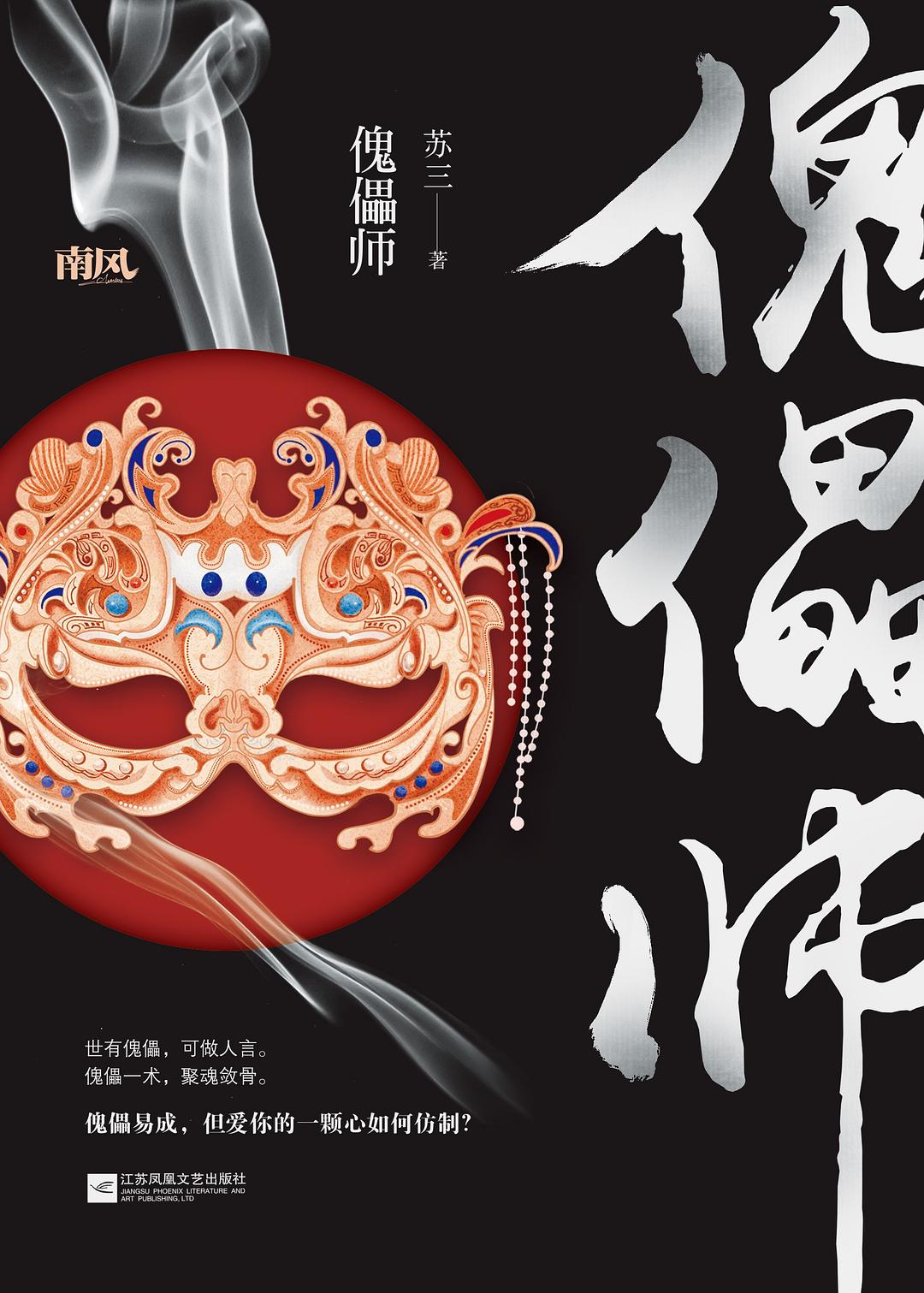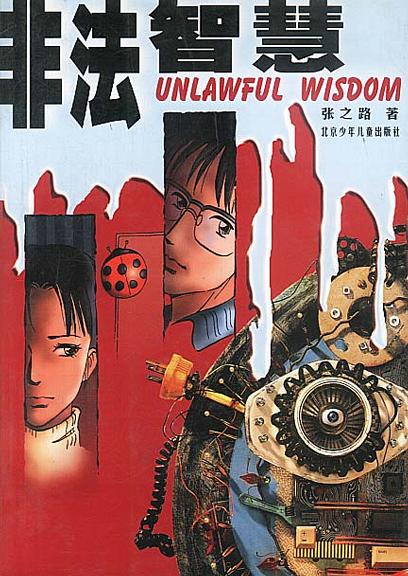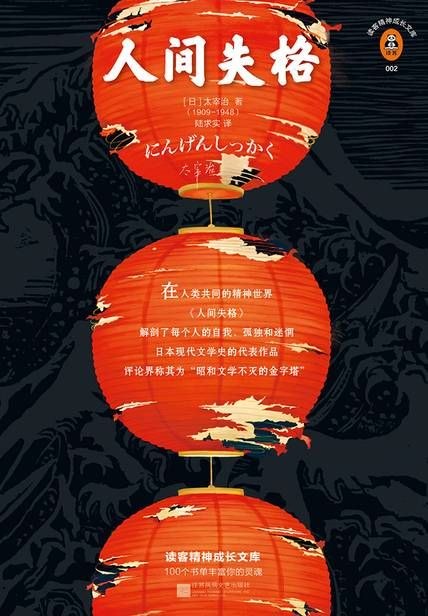
《Youth for Nation》Cold War South Korea: Youth Culture and Protest - A Comprehensive Review
1
0

极品飞车 2023-04-30 12:23:27
Kim, Charles R. (2017). Youth for Nation: Culture and Protest in Cold War South Korea. University of Hawaii Press. Retrieved from http://www.jstor.org/stable/j.ctvvn3bs.
In Youth for Nation: Culture and Protest in Cold War South Korea, Charles R. Kim examines the role of South Korean high school and college students in modernization and democratization after the Korean War. Kim argues that two interwoven ideological frameworks, wholesome modernization and student vanguard, were central to the youth protest culture. He also claims that the April 19 protest set the stage for the protest culture central to the democratic movement in the later decades.
Kim begins by analyzing the social background of post-liberation Korea, drawing from popular literature and newspapers. He asserts that wholesome modernization emerged as a response to economic hardship and cultural clashes with the West. It emphasized the need to change everyday practices to facilitate Koreas development. While this rhetoric provided a platform for the young generation to participate in social movements, it also engendered a male-centered protest culture that sought to police and subordinate womens behaviors.
Kim then delves into the student vanguard, a notion initially promoted by the state to unite the younger generation and respond to crises. The state intended to promote patriotism and conformity through education and propaganda. However, this ideology inadvertently created a platform for the first mass anti-government protest against Sungman Rhees political repression on April 19, 1960, leading to the overthrow of Rhees regime.
In the subsequent section, Kim explores the complex interplay between youth protest culture and its colonial and Cold War ideological background. He argues that many practices perceived by modernists as "traditionally Korean" were policies during the Japanese colonial period. Student vanguard ideology heavily borrowed from modernization theory, with the Korean states need to promote itself as an advanced society in response to growing communism. As a result, the ideology had to, at least on paper, promote the values of democracy and liberalism, creating a public sphere that eventually enabled the April 19 movement.
Kim concludes that the April 19 protest had a far-reaching impact on Koreas social movements in the following decades. Student activists and Park Chung-hees military dictatorship had to adopt discourses like student vanguard and modernization to solidify their legitimacies. Youth for Nation offers an insightful analysis of a bifurcated social and cultural history, where ideologies within and outside Korea and Koreas social movements influenced each other. However, the books structure could be improved, as it may be difficult for readers to capture the authors overarching argument.
相关推荐
萤火谷的梦想家
艾莉森•麦吉出生于1960年,是美国《纽约时报》畅销书作家,同时也是大都会州立大学创意写作课的教授。她的作品被翻译成20多种语言并出版,也曾被提名普利策奖,并获得苏斯博士奖金奖、克里斯托弗图书奖、美国 [美]艾莉森•麦吉/[美]克里斯托弗•丹尼斯/绘 2023-03-27 16:50:25鬼马女神捕1·绝密卧底(上)
腹黑凤凰vs毒舌鸡妖——蓝翎:“小姬,跟我去人界吧!”姬十四:“干吗?让人宰了我做小鸡炖蘑菇吗?”蓝翎:“不啊,让妖怪宰了你做小鸡炖蘑菇更气派。”凤凰蓝翎和鸡妖姬十四生活在无忧无虑的灵界。他们的故乡叫 郝天晓 2023-04-17 00:22:47© 2023-2025 百科书库. All Rights Reserved.












发表评价